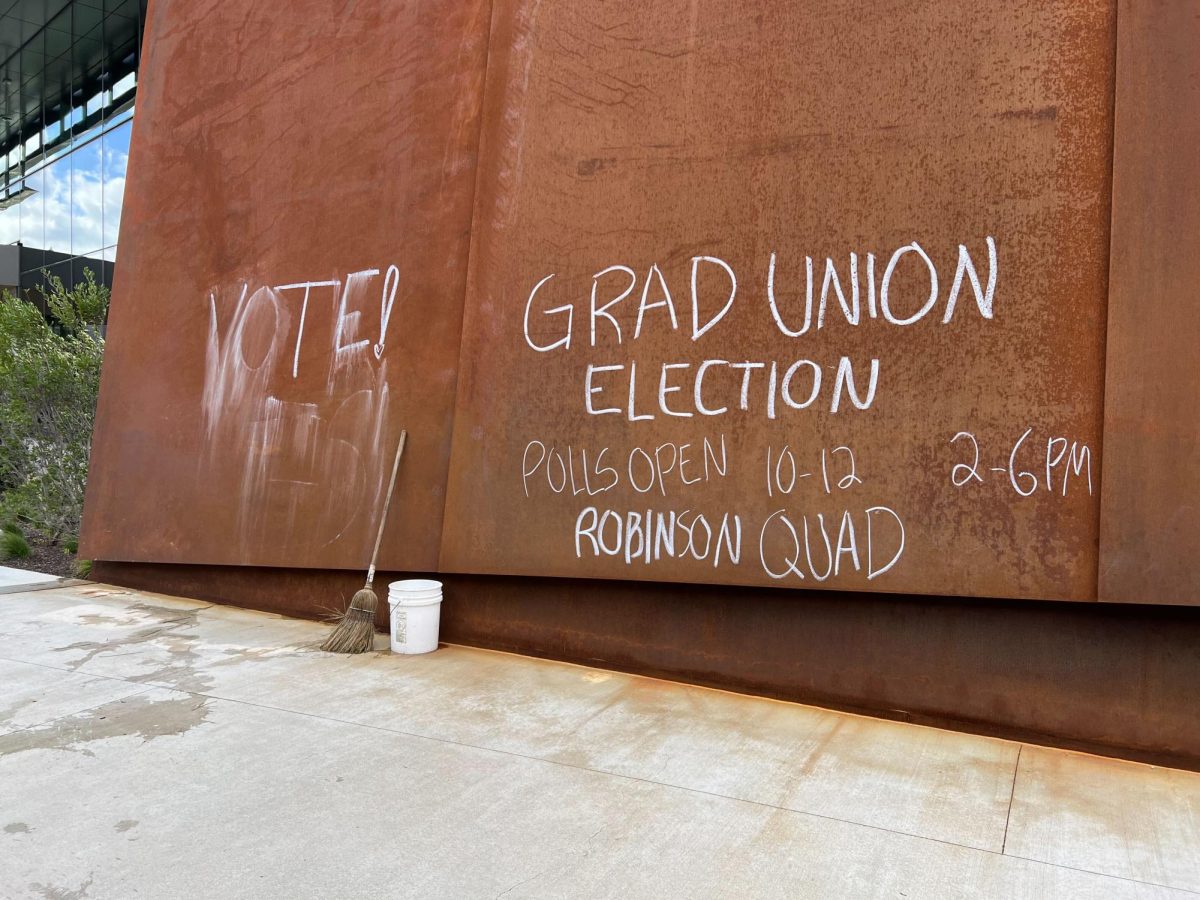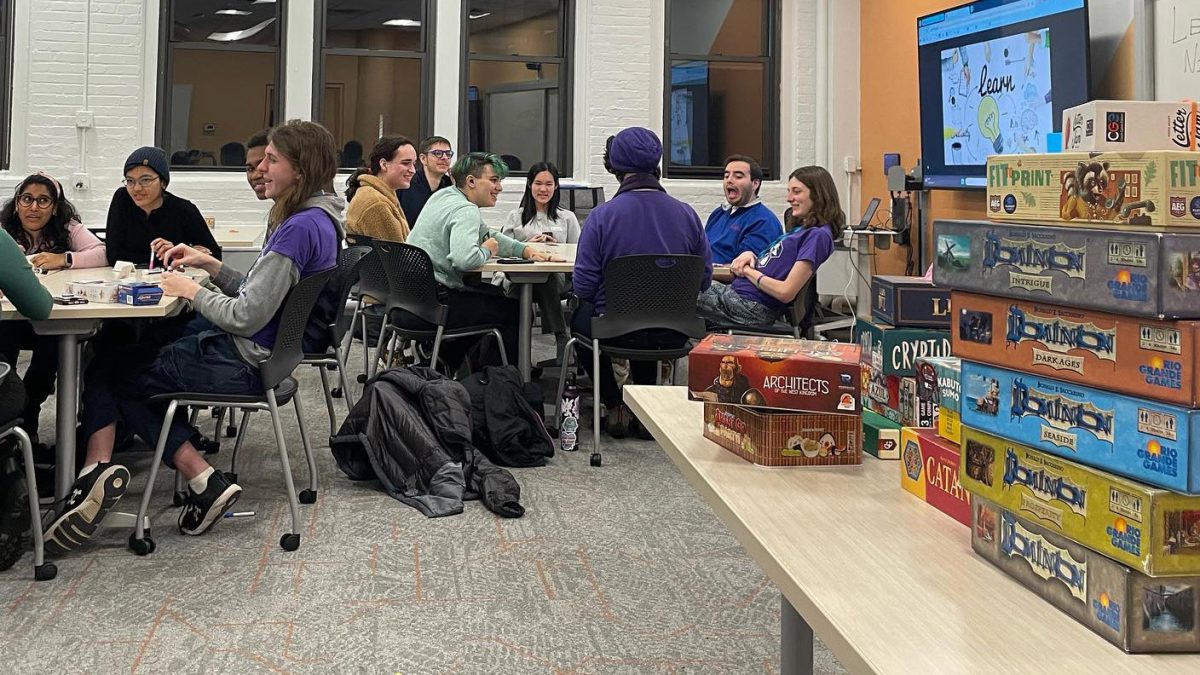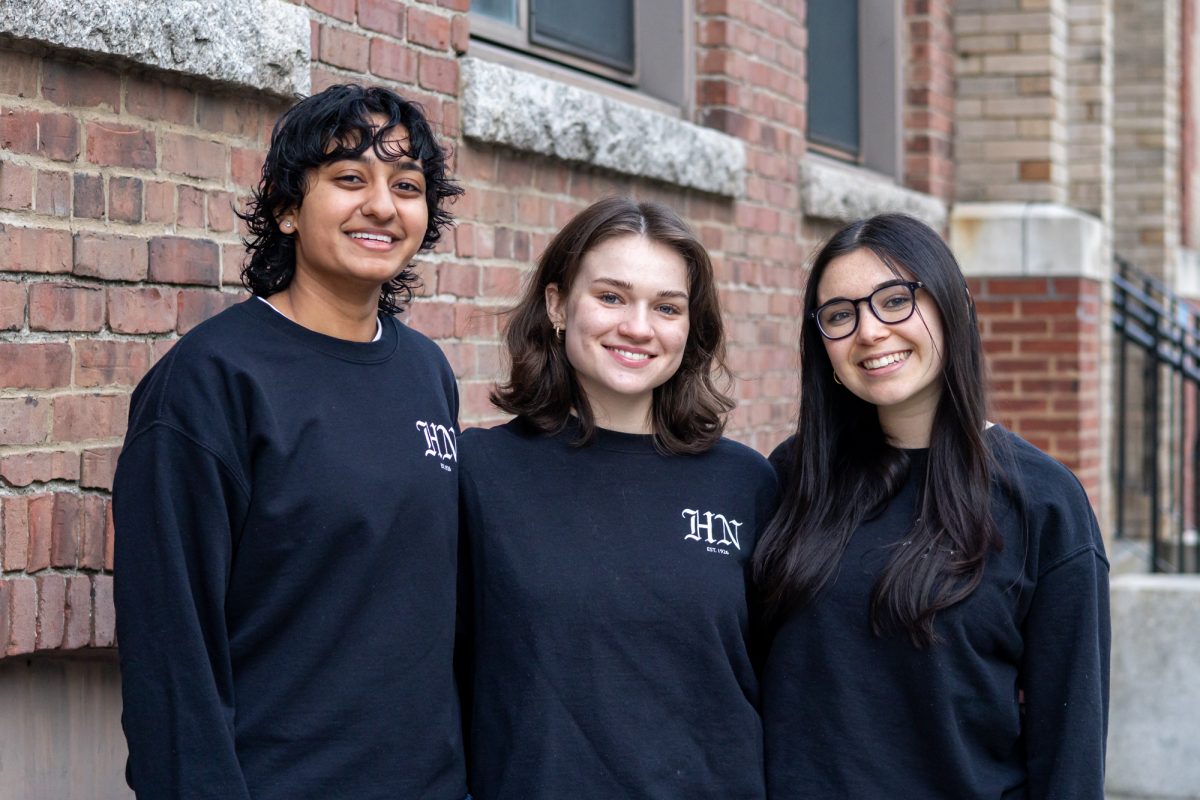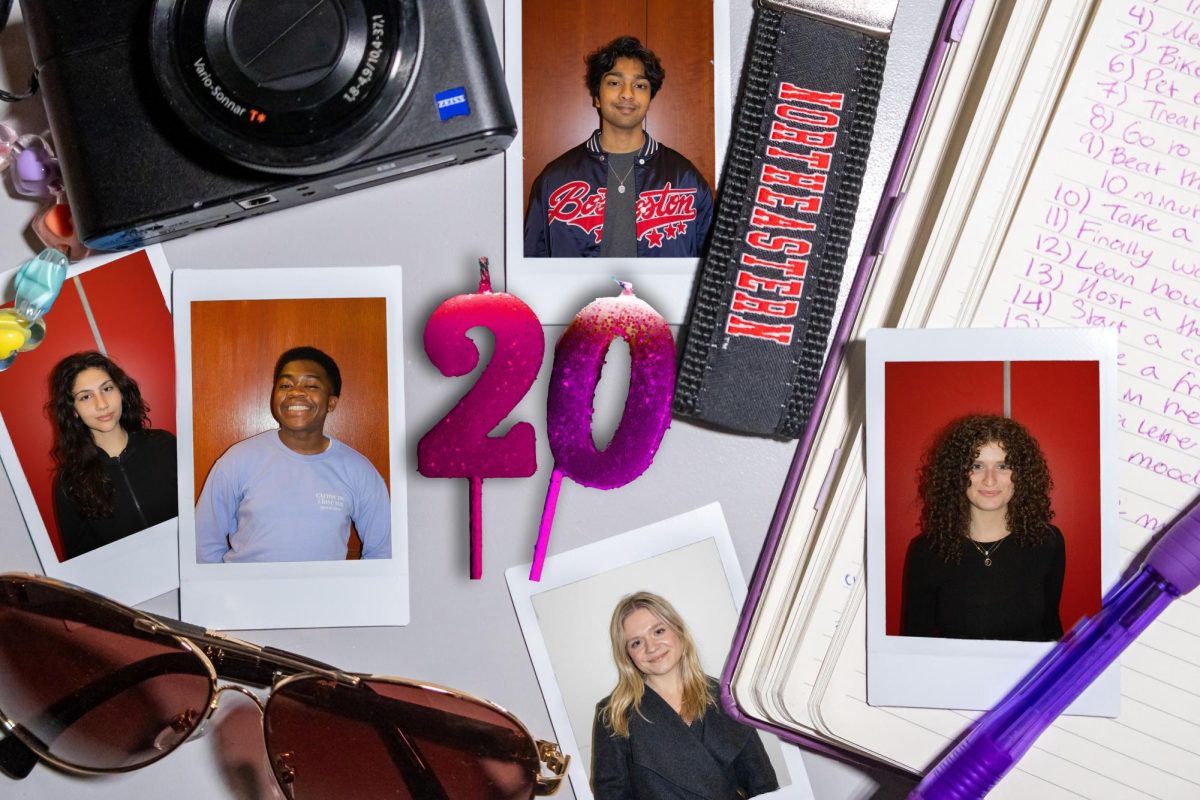By Nick Martin
“Persepolis” is an inspiring and moving film directed by Marjane Satrapi and Vincent Peronnaud, based on the renowned best selling graphic novel by Satrapi. The animated movie follows the life of a young girl in Tehran, Iran, beginning shortly before the downfall of the Shah, Mohammad Reza Pahlavi, in the late 1970s. It follows her throughout her life and shows the many struggles she encounters.
The 9-year-old Marjane (as a child voiced by Gabriele Lopes and as a teenager and an adult by Chiara Mastroianni) lives with a progressive family during a time of great turmoil in Iran. People like her father (Simon Abkarian) and mother (Catherine Deneuve) were among the first to be persecuted by the Shah’s regime. Her grandmother (Danielle Darrieux) is a feisty old lady who is both a source of humor, easing the tensions flooding throughout Tehran, and an emotional anchor for Marjane, as she begins to grow into a world she doesn’t think she fits into.
Satrapi does an excellent job of separating the people from the power in her movie. She makes key distinctions from the people who just want to live a free and peaceful life and the government that tries to oppress them. As the Shah’s regime is challenged more and more by the people, he begins to get rid of the political prisoners who oppose him, one of them being Marjane’s uncle Anouche (Francois Jerosme), who was imprisoned for nine years.
Anouche gives Marjane hope for a better world where her free spirit can flourish rather than be chained up. Anouche is later killed for his views along with many other innocent people. The movie is laced with the politics of the time in Iran but it never overshadows the story of the young girl’s life.
In an age where movies like “Shrek” and “Cars” are created using highly sophisticated computer generated animation, “Persepolis” gives a fresh and simplistic look at the roots of animated film. Most of the movie is in black and white, with the occasional appearance of color. The film’s exterior exudes a chilling and dreary feeling.
However, within a few minutes the viewer is filled with warmth as he or she realizes that this girl, who lives in a country the West has seen as so different, is not as foreign as one would believe. With her Adidas sneakers, Michael Jackson pin and love for the Bee Gees, some people may forget that this young and vivacious girl lives in a country seen as so different from our own.
After the fall of the Shah and the subsequent takeover of the Ayatollah Khomeini, society becomes more oppressive. Woman cannot wear makeup or drink alcohol and are forced to wear black headscarves. The black suits the law enforcement officials wear and the black headscarves suck all the life and light out of the movie. It is only Marjane’s face that leaves any light in the new Iran, proving more than ever that she does not belong there. Once Iraq and Iran begin to wage war, Tehran is no longer safe, due to daily bombings. Finally, when a neighboring house is bombed and a family friend is found dead among the rubble, Marjane’s parents send her to school in Vienna.
Europe provides similar struggles for Marjane. She begins to fall into the world of alternative culture in Europe. She first tries to assimilate to her new world but soon realizes that it is just another place where she doesn’t fit in. Marjane fears telling others where she is from. She doesn’t try to cover-up what happened in Iran but fights against the generalizations that she meets along the way.
After a few years in Vienna, filled with recreational drug use, casual sex and loneliness, Marjane begins to dislike herself and finds that she is homesick. She returns to Iran only to discover that the Iran she was homesick for is a country dead and in the past. Upon arriving home, she finds she feels more alienated than before. Ultimately, she leaves once again, this time with orders from her crying mother to never return because she doesn’t belong there any longer.
At 98 minutes long, “Persepolis” gives an in-depth view of one girl’s life and her struggle to find a place in the world. The movie is not limited by its 2-D fa








